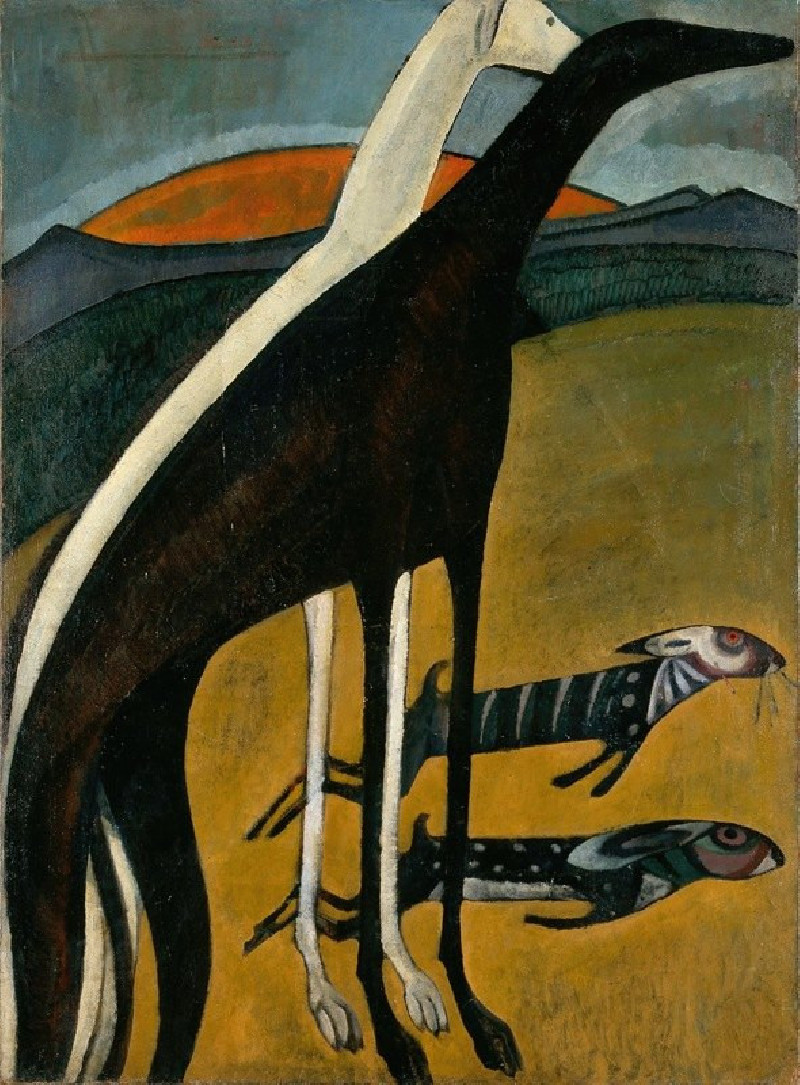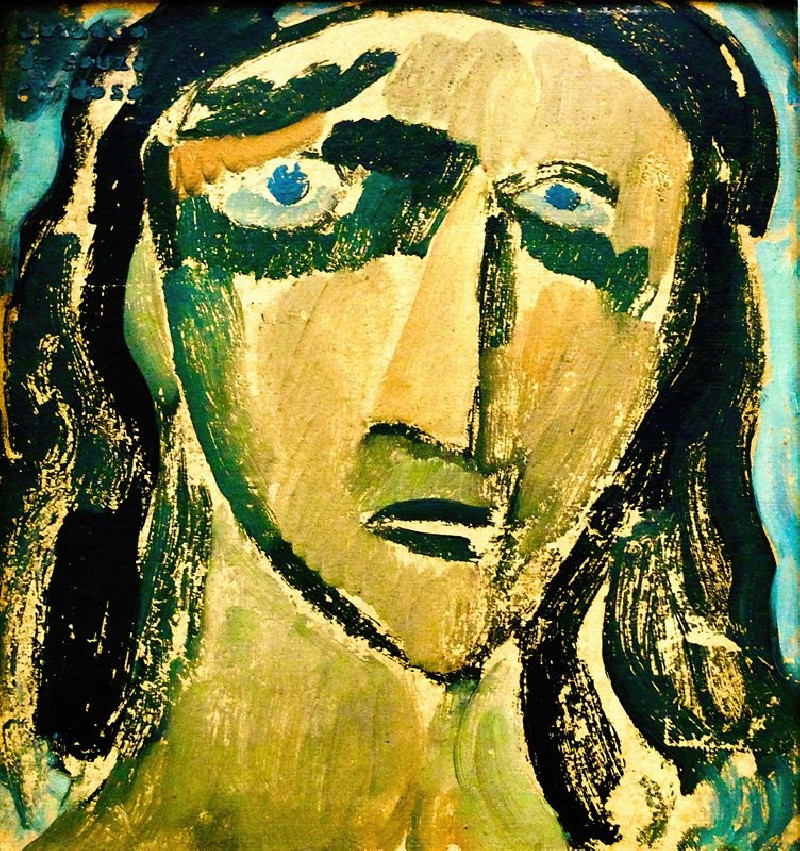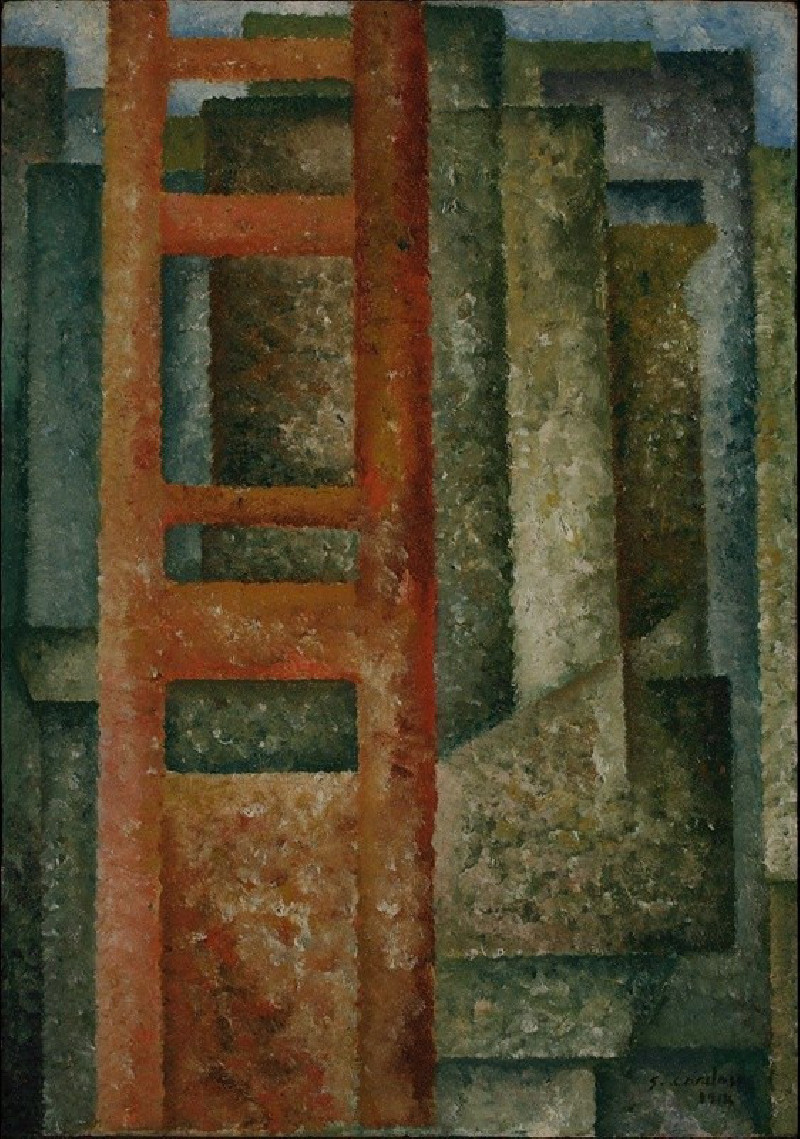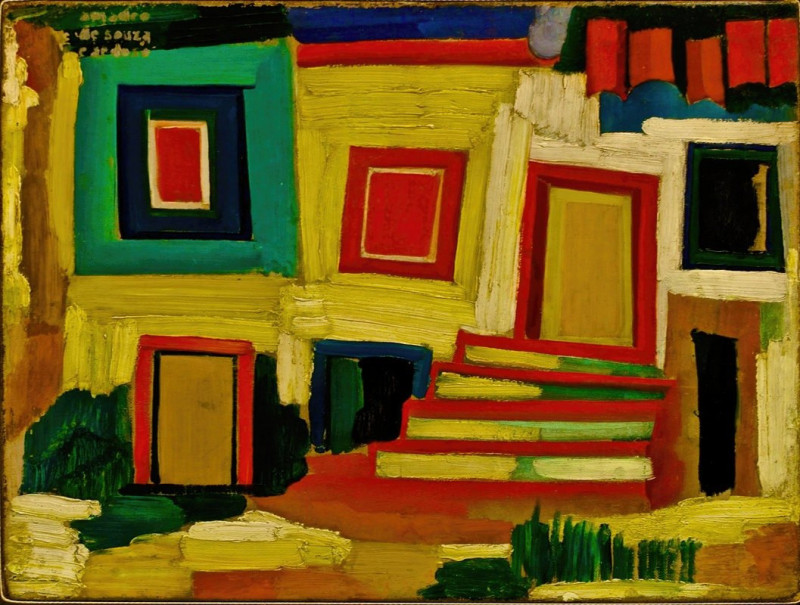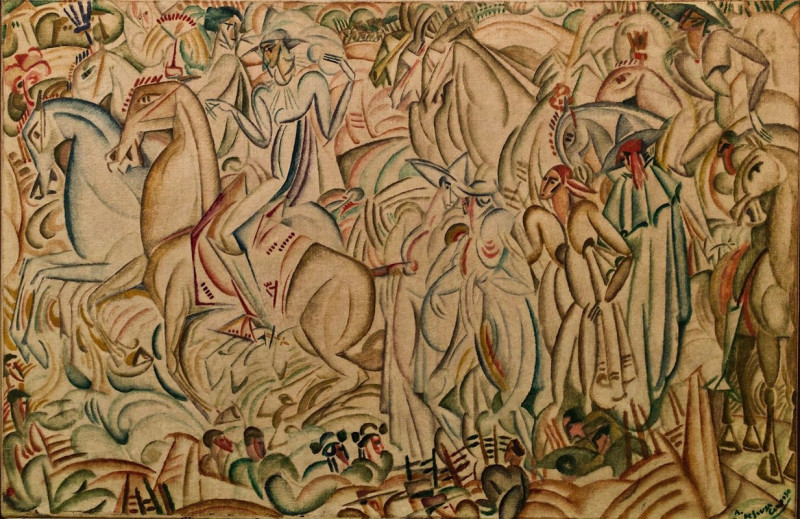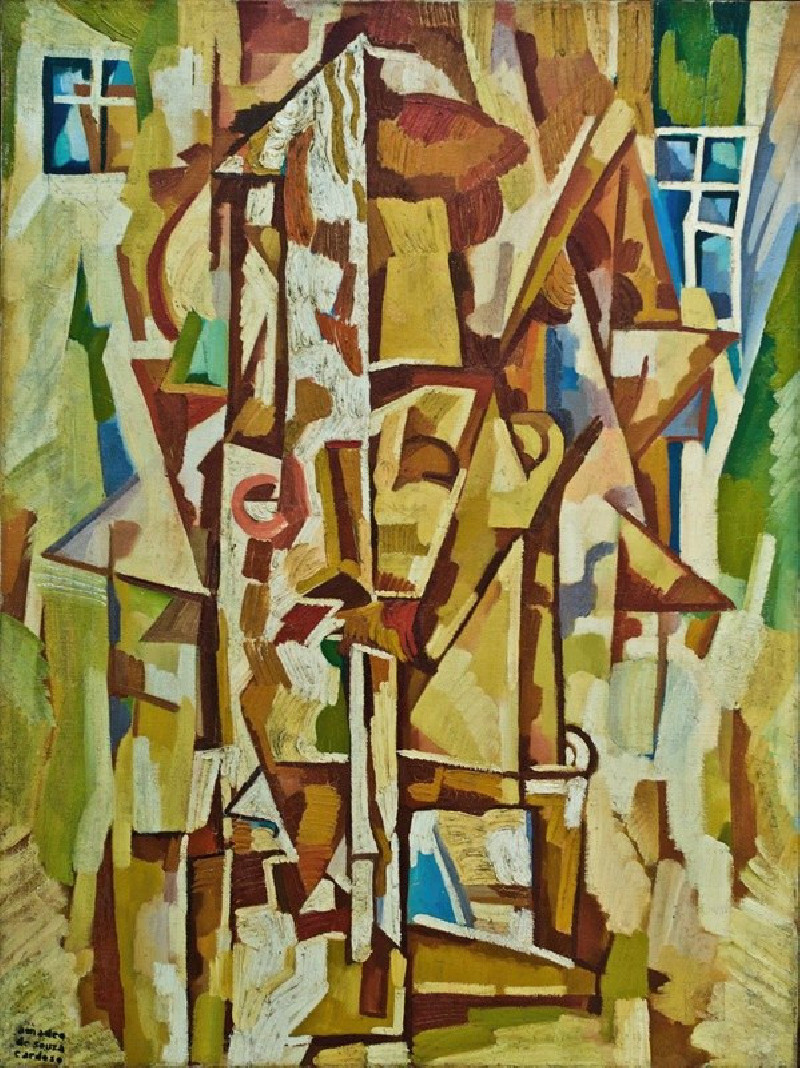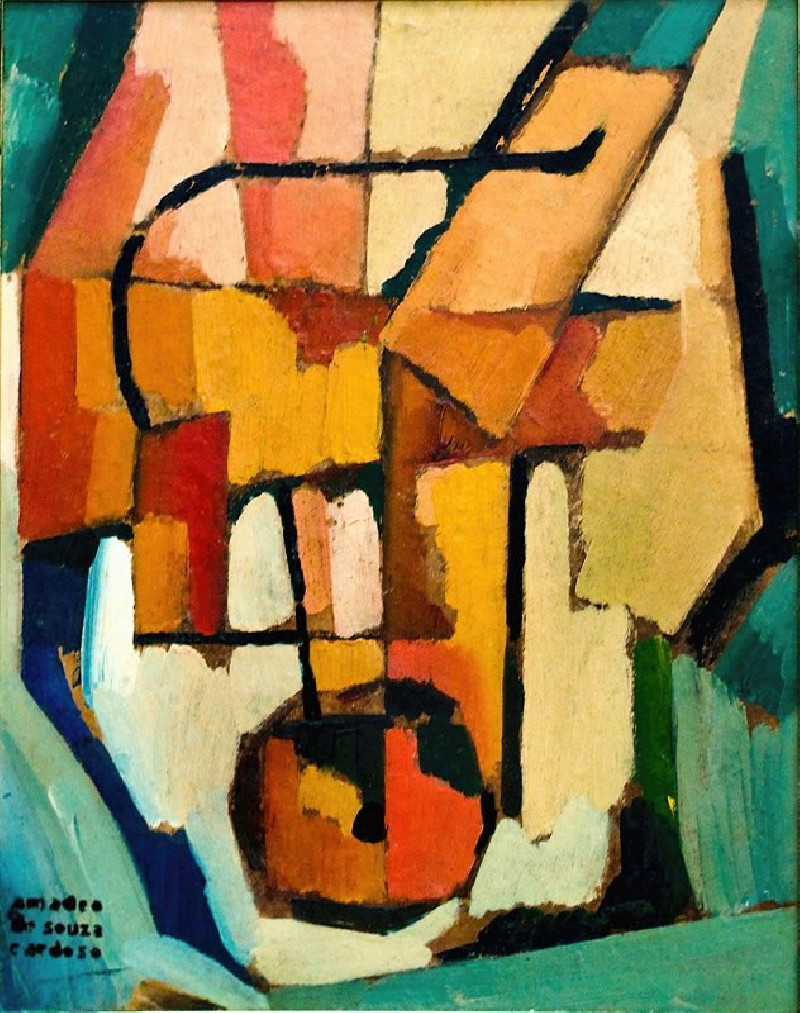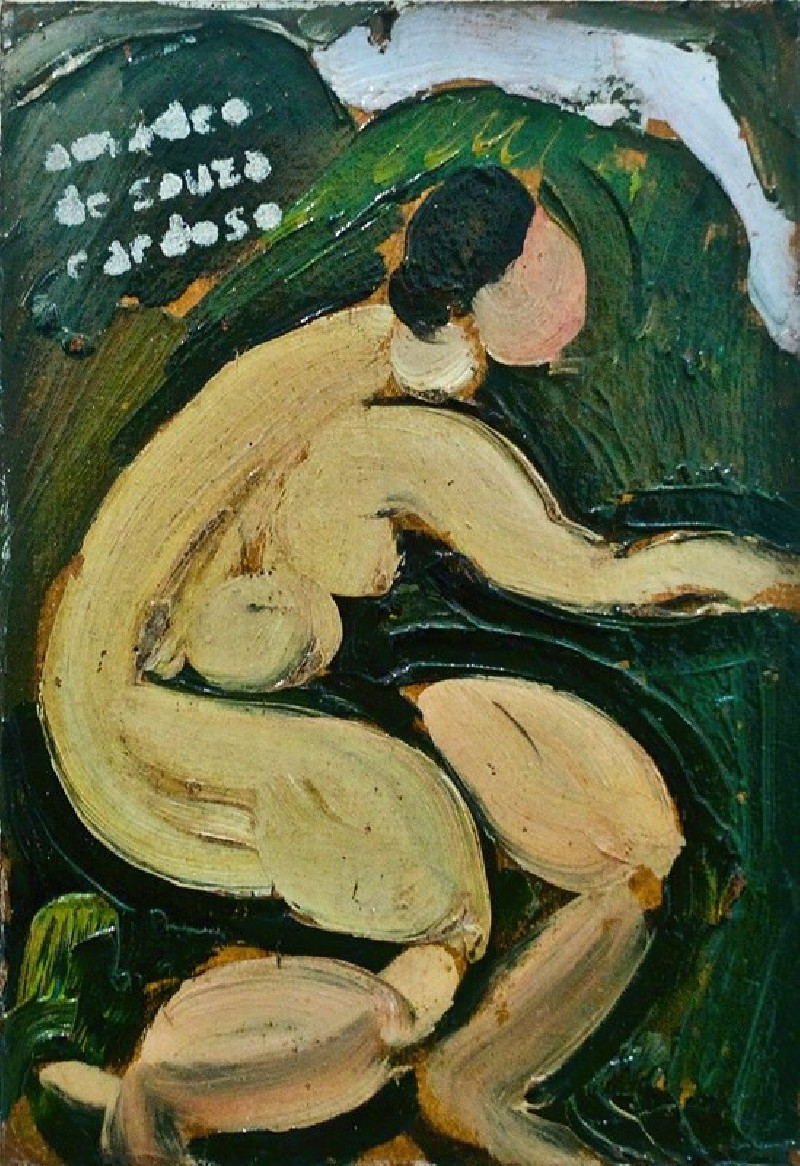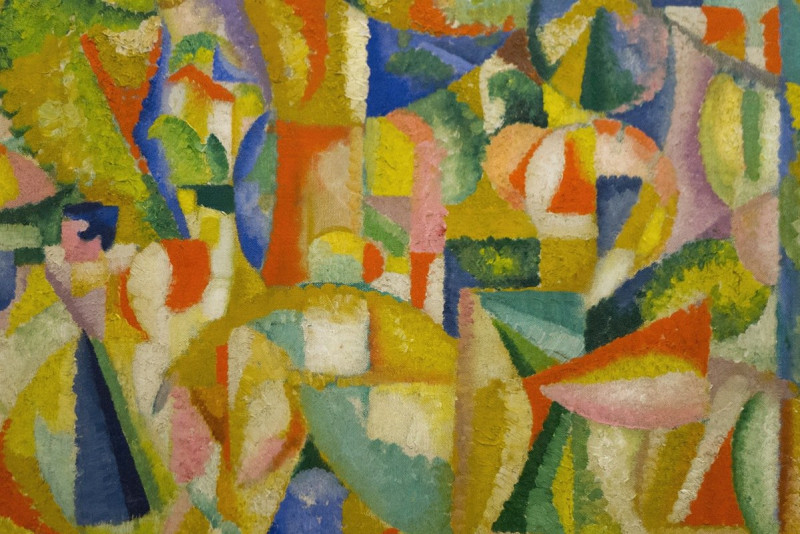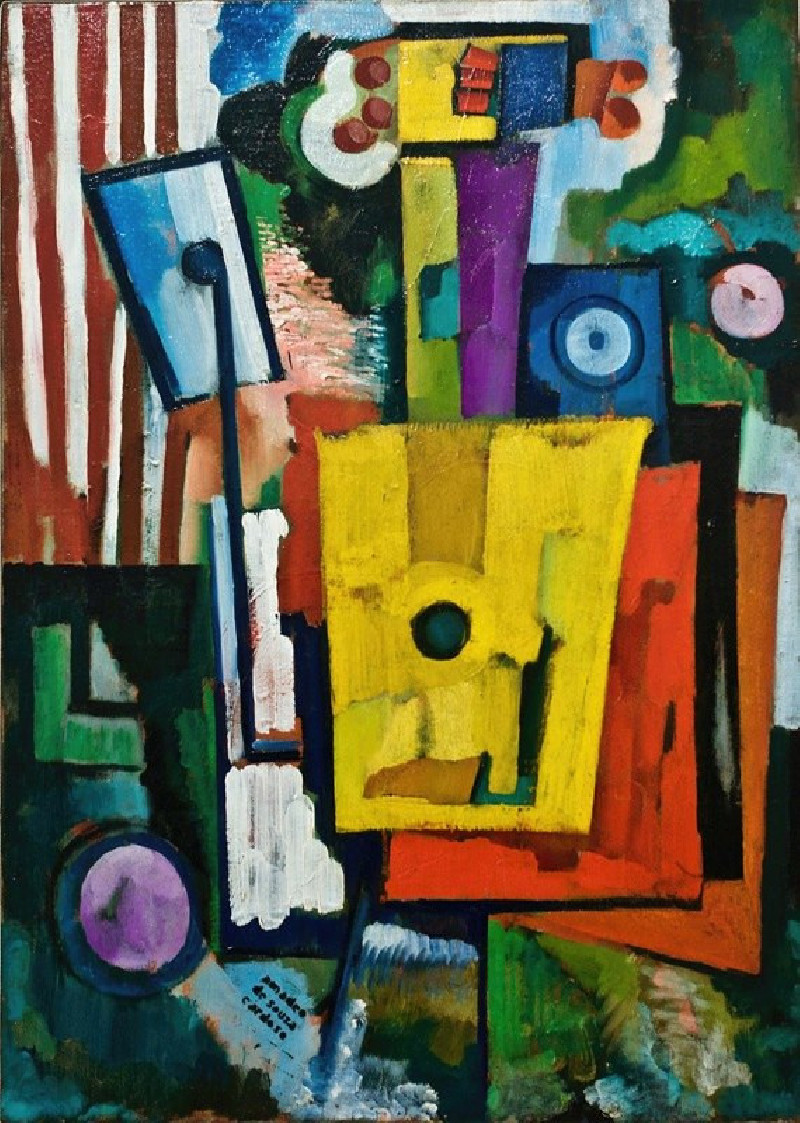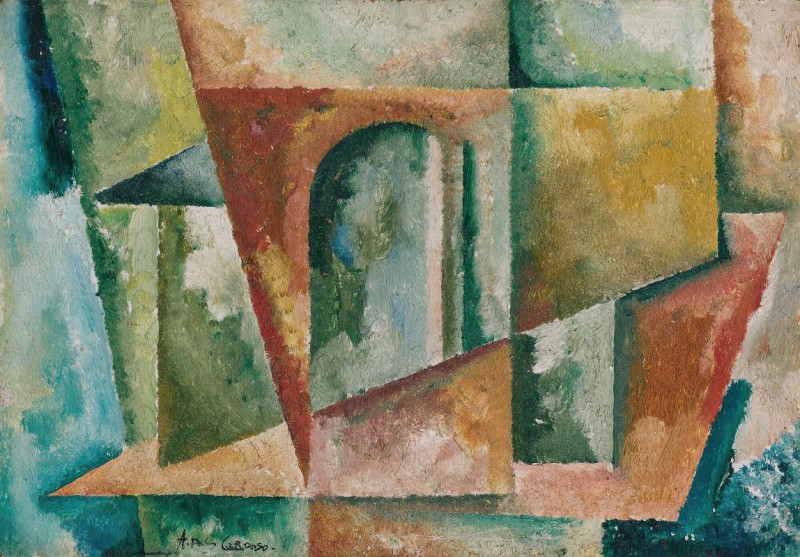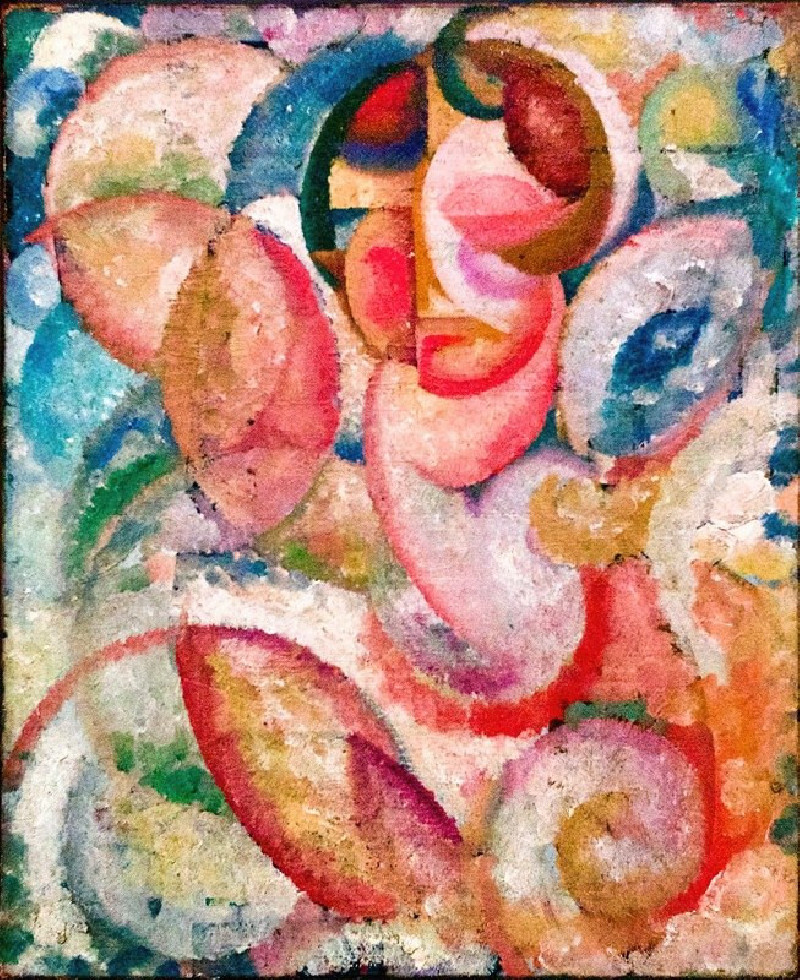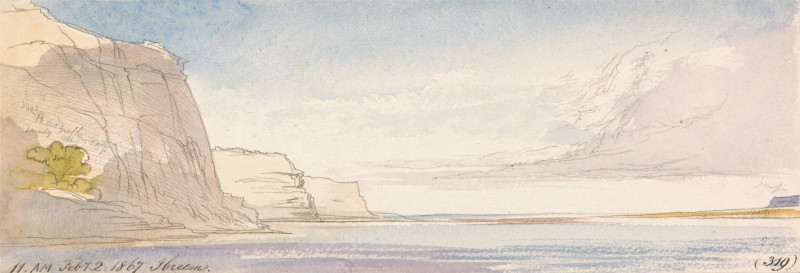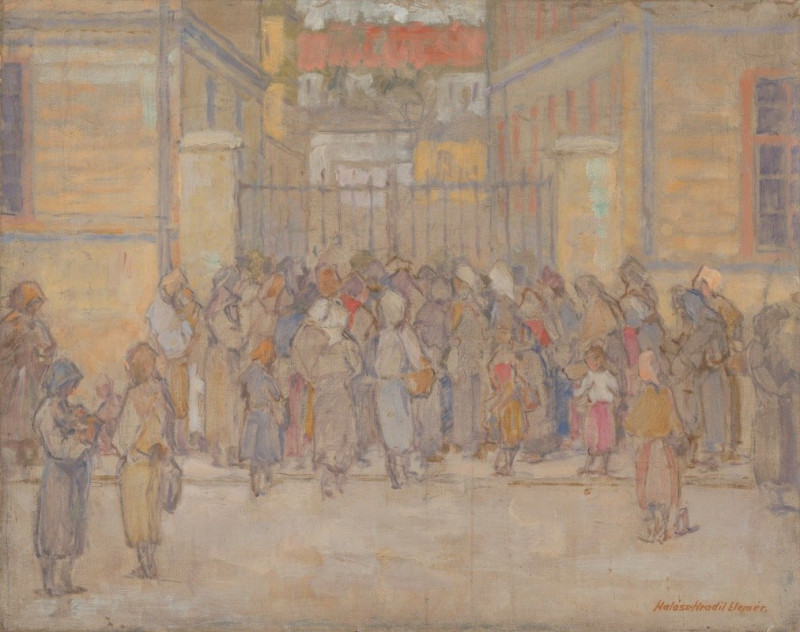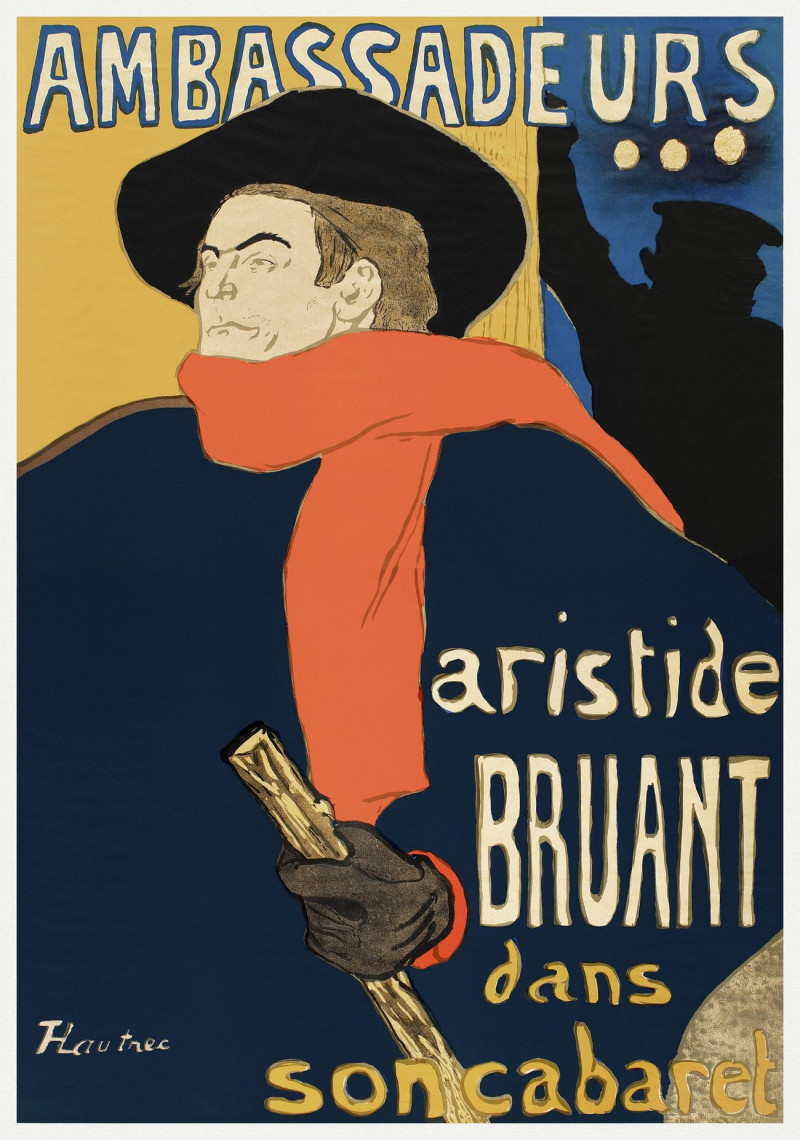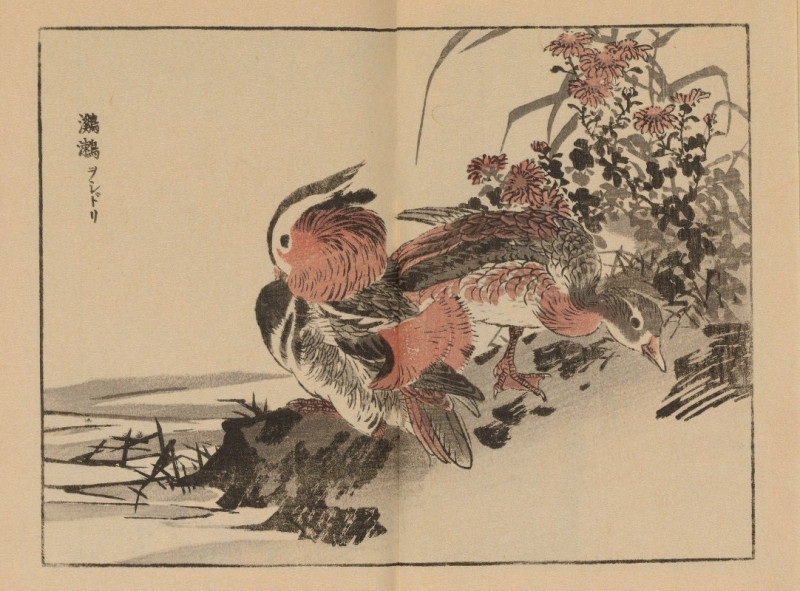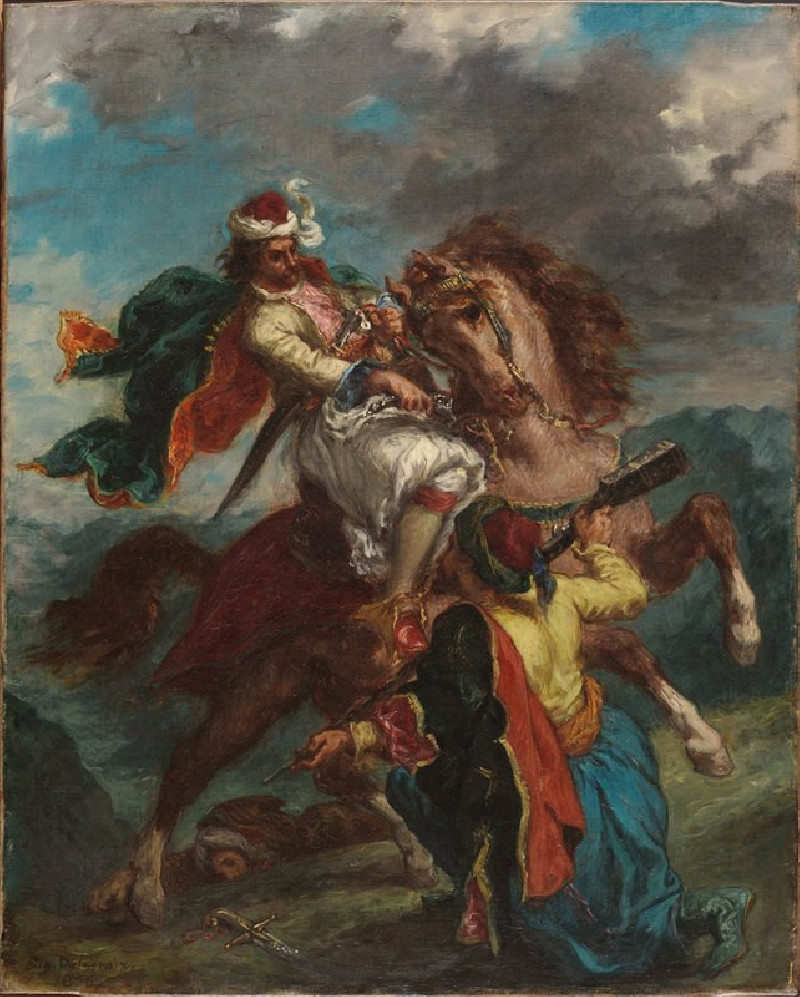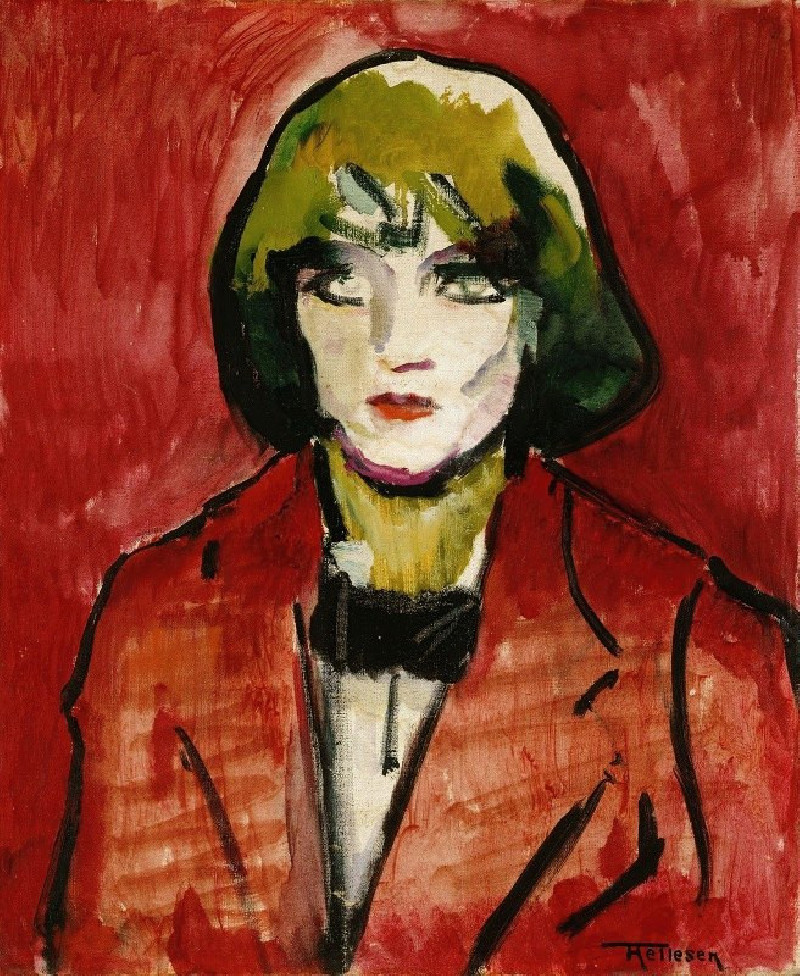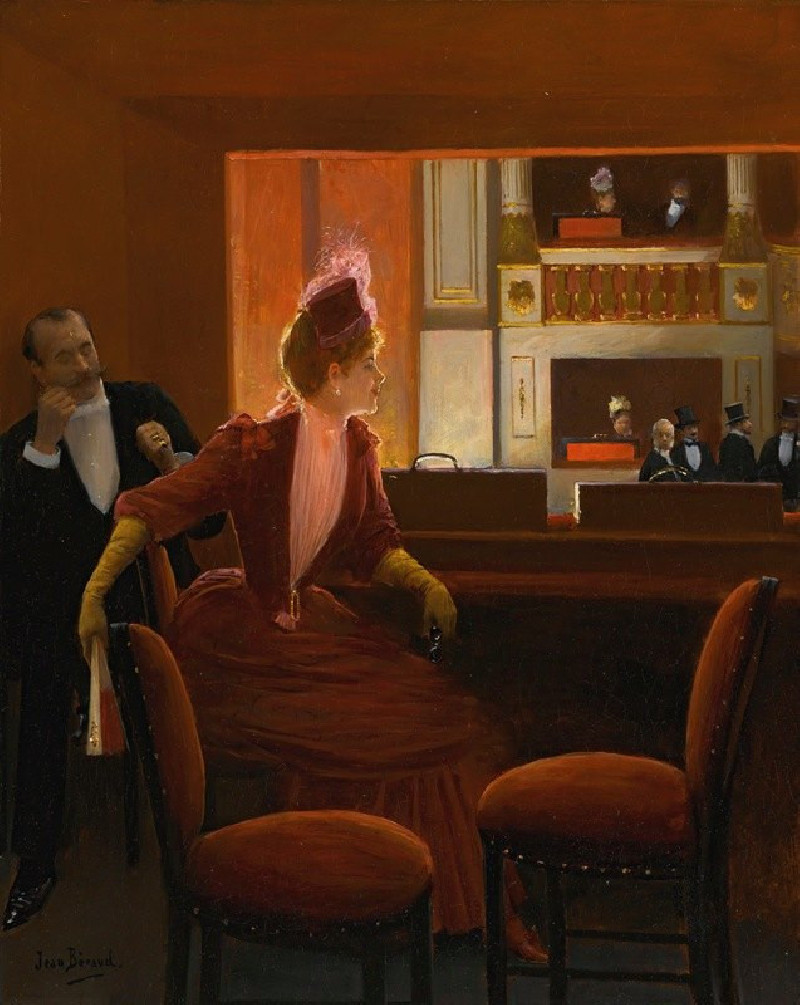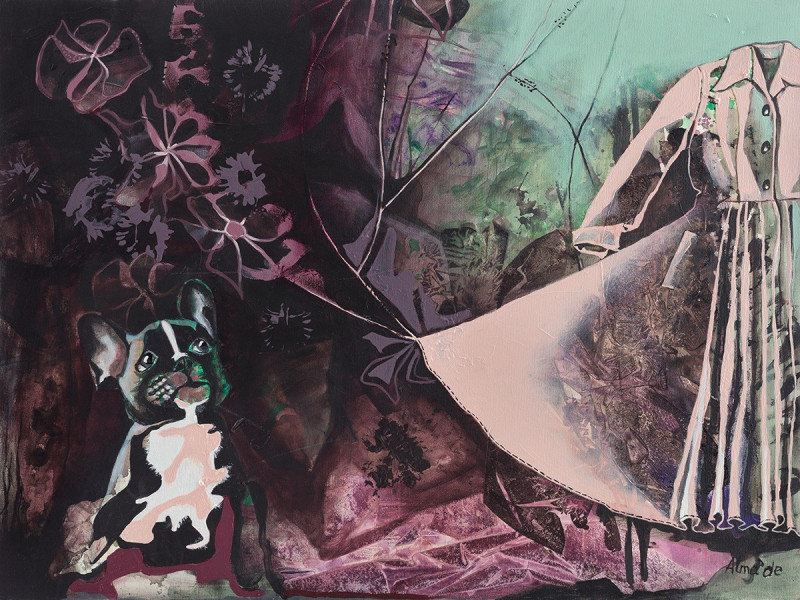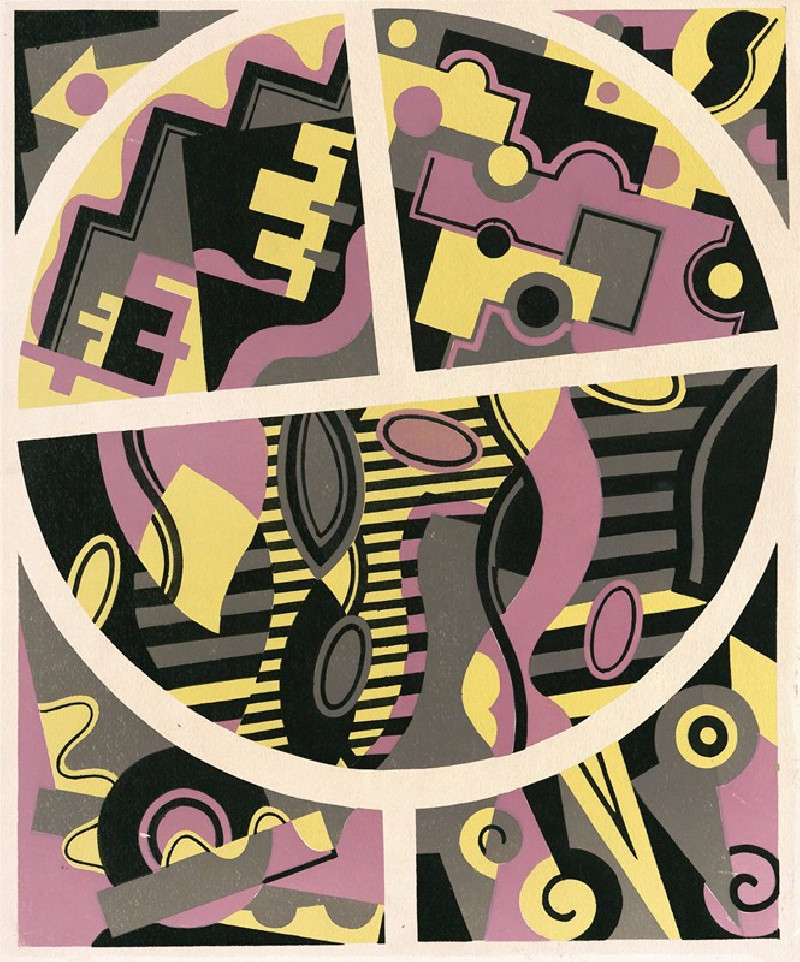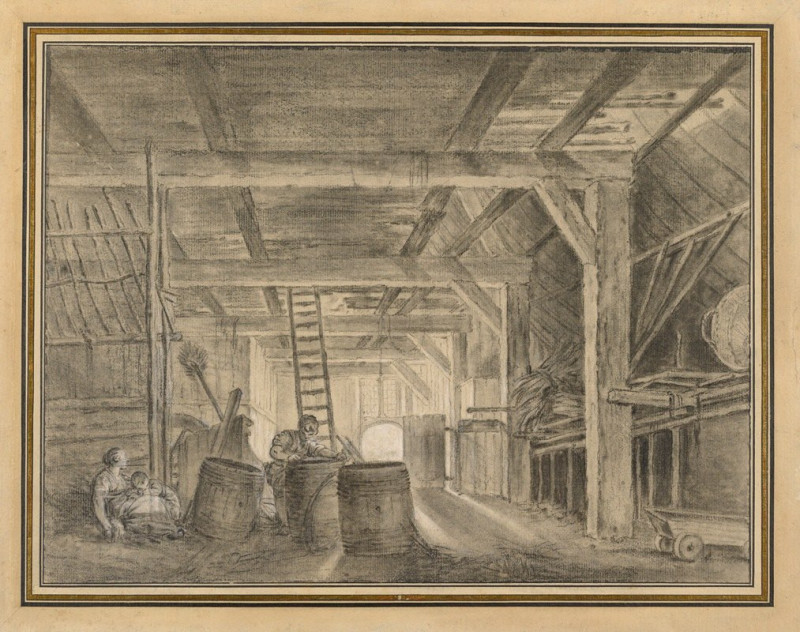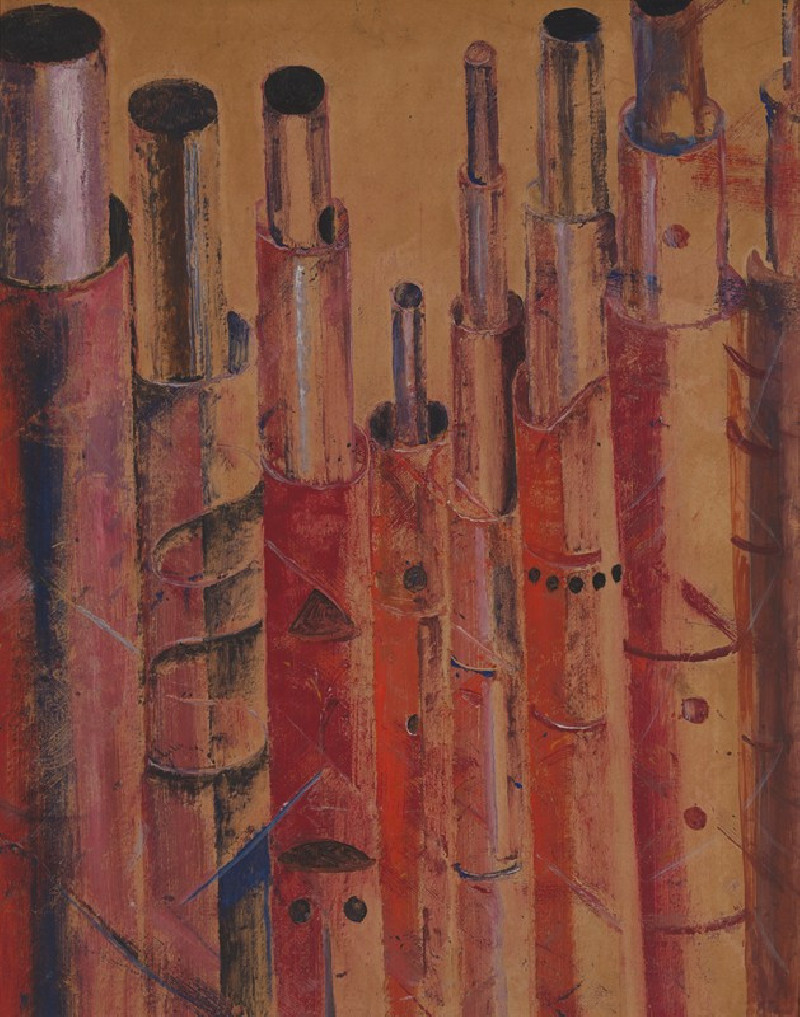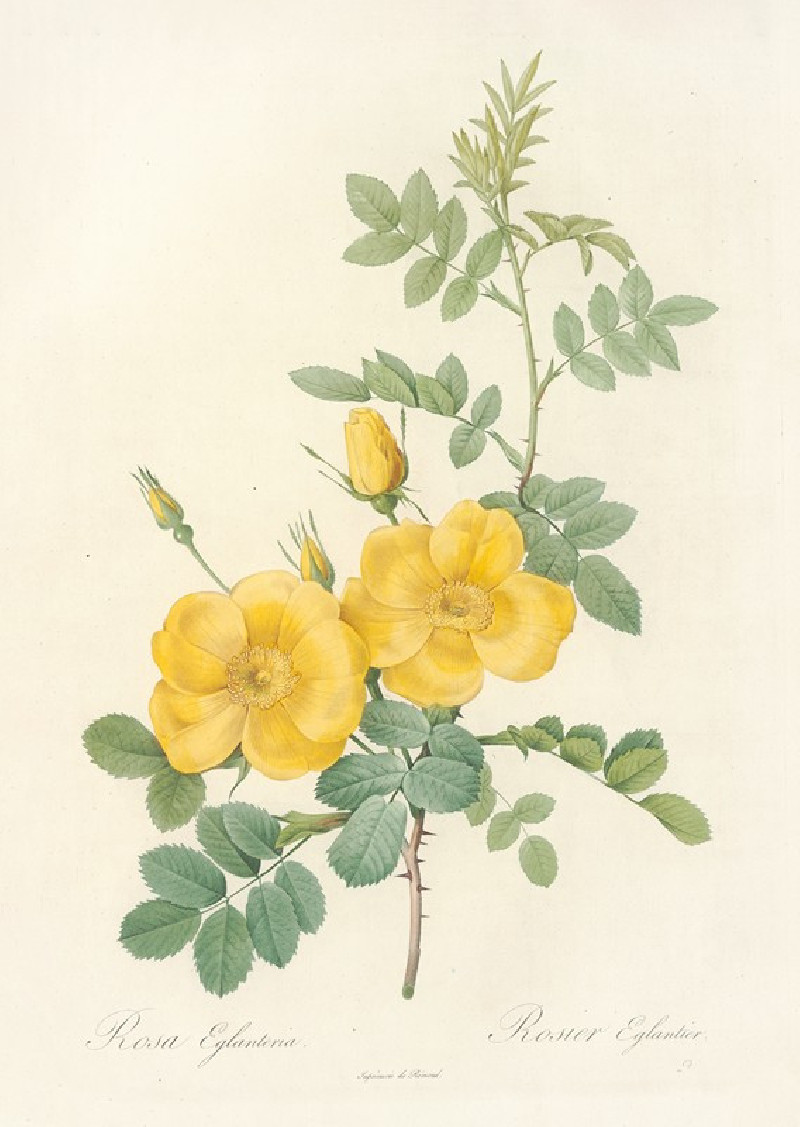The Leap of the Rabbit (1911)
Technique: Giclée quality print
Recommended by our customers
More about this artwork
Amadeo de Souza-Cardoso's painting "The Leap of the Rabbit," created in 1911, is a vibrant and dynamic composition that captures the essence of both movement and abstraction, hallmarks of the modernist wave sweeping through Europe at the time. In this painting, the observer's eye is immediately drawn to the central figure, a stylized rabbit, depicted mid-leap. The rabbit, characterized by sharp, elongated lines and a rich gradient of colors, from grays to blues, appears almost suspended in air above a lush and abstract garden.The background is composed of oversized, boldly colored plant forms that dominate the canvas. These botanical elements, painted in deep greens and highlighted with blues, create a dense, leafy environment that seems both whimsical and surreal. Interspersed among these greens are pops of color from simplified flowers and plants, including occasional reds and yellows, which break the predominance of green and add an additional layer of depth to the scene.This particular work is indicative of Souza-Cardoso's experimentations with both form and color, as he diverged from natural representation to explore abstraction and the use of unbridled color schemes. The portrayal of the rabbit, not as a realistic animal but as an emblematic form merged with its surroundings, showcases the artist’s commitment to Modernism and his willingness to reinterpret the natural world through a lens of personal creativity and emotional impression."The Leap of the Rabbit" is more than a mere depiction of a moment in nature; it is a celebration of movement, color, and abstract form, inviting viewers to interpret and immerse themselves in a dynamically reimagined reality.
Delivery
Returns
Amadeo de Souza-Cardoso (14 November 1887 – 25 October 1918) was a Portuguese painter.
Belonging to the first generation of Portuguese modernist painters, Amadeo de Souza-Cardoso stands out among all of them for the exceptional quality of his work and for the dialogue he established with the historical avant-gardes of the early 20th century.


